Demographics and the Engagement Ring Market
There are few subdisciplines within the subject of economics that do not primarily rely on speculative forecasting models coupled with expert interpretation on how markets will respond to certain events and trends. The subject of demographic analysis could be considered one of these certain few subdisciplines. To preface, demographic analysis does speculate regarding how societies, and more particularly markets, will be affected by demographic trends, but it does not speculate in terms of the raw numbers it presents or projects e.g. it takes 30 years to make a 30-year-old human being along with all the economic potentials that that person’s experience harbors.
This blog will address the demographic collapse that appears to be occurring globally but will focus primarily on the United States and how this demographic trend could influence the engagement ring market. Below are two graphs provided by the United Nations Department of Economic and Social Affairs, Population Division that outline the general trend of population growth, or lack thereof, both globally as well as within the United States.[1]
Global Population

Population of United States

A growing population is generally shaped like a pyramid, with large numbers of young people at the bottom and smaller numbers of older people towards the top. Both graphs taper off towards the bottom. The United States has a more precipitous taper than the global graph does, however, there is something to note about both graphs. There is a general bulge in the 30-34 demographic. This is the median age cohort for the millennial generation, the second largest generation in history only slightly outpaced by the baby boomer generation (1946-1964). This portion of the data is relevant since this cohort is part of a larger cohort that makes up a majority of the engagement ring sales globally. There are dozens of surveys and research papers available that all point in the same direction, however a U.S.-based insurance technology provider called BriteCo conducted a small survey regarding jewelry purchasers.[2] According to BriteCo,
The survey was conducted online with 758 respondents in October 2021. Among the survey respondents who bought an engagement ring, the vast majority were men (86%), but also a significant portion were women (14%). Interestingly, 90 percent of the respondents were still married to the person they bought the ring for. More than half or 59% of our engagement ring buyer respondents represented millennials aged 24-40, followed by 28% of 41-56 years old, and 10% of the boomer generation ages 57-75. More than half or 53% earned $100,000 in household income annually, and 53% had purchased their engagement rings within the past 4 years.
Considering our analysis along with BriteCo’s small survey, this can be misleading for jewelers operating outside of the United States because unlike the Baby Boomer generation that was global in scale, the large millennial boom only occurred within the United States and thus the global numbers within that cohort are no doubt influenced by the United State’s large millennial cohort. Countries such as Korea, Japan, Germany or any other developed nation have seen a much more anemic bulge within their respective population graphs in relation to that cohort.
Since we are talking about engagement rings, marriage rates amongst these different cohorts are relevant. According to Pew Research Center the percentage of Americans married between 23 and 38 years old is declining rapidly.[3] See graph below.
Share of Americans who were married between the ages of 23 and 38 in 2020, by generation

This means while we have a healthy demographic surge of potential engagement ring buyers, fewer and fewer members of that potential market are getting married and thus are not buying engagement rings, although there is a small margin of people who get engaged and then never register to get married, but those numbers are negligible. According to The New York Times, Signet Jewelers is attributing the plunge in engagement ring and wedding band sales to the pandemic, stating that most people get engaged after 3 ½ years of dating and 3 ½ years ago most people were isolated at home due to the pandemic and subsequently there was no dating to lead to what would now be the engagement phase for millions of people.[4] This is certainly a viable opinion, but it lacks the more rigorous analysis that leads to understanding markets and what makes them bullish or bearish to begin with, such as demographic analysis.
So, what does this mean for jewelers? Are we experiencing the last surge of a dying industry that’s legacy seemed everlasting for many? Or is focusing on these trends myopic and reductionist and thus missing the bigger picture of a constantly changing world with millions of variables of which only two, albeit important variables, are discussed here. Lab grown diamonds are making engagement rings more affordable while keeping gross profit margins healthy, small jewelry store’s ability to design their own jewelry using CAD helps with vertical integration and saves on cost etc. In any case, the only thing that is certain in this world is change, we all must adapt or perish. Provide better products and services and stay on top of whatever technology and trends are emerging. That is good for entrepreneurs and customers alike.
Sources:
[1] United Nations, Department of Economic and Social Affairs, Population Division. World Population Prospects: The 2022 Revision. (Medium variant)
[2] © 2024 BriteCo Inc. (2023, August 7). Engagement ring survey: BritecoTM. BriteCo. https://brite.co/engagement-ring-survey/#:~:text=The%20survey%20was%20conducted%20online,within%20the%20past%204%20years.
[3] Barosso, A., Parker, K., & Bennet, J. (2020, May 1). As millennials near 40, they’re approaching family life ... Statista.com. https://www.pewresearch.org/social-trends/wp-content/uploads/sites/3/2020/05/PDST_05.27.20_millennial.families_fullreport.pdf
[4] Smialek, J., & Karaian, J. (2023, June 9). What all the single ladies (and men) say about the economy. The New York Times. https://www.nytimes.com/2023/06/09/business/economy/wedding-engagement-rings-economy.html

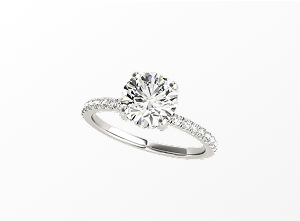
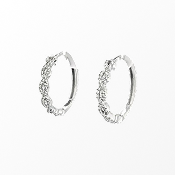

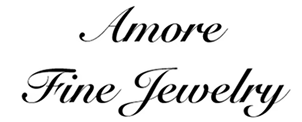

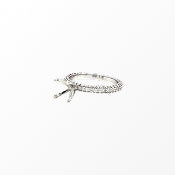
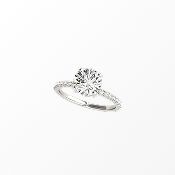

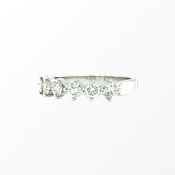
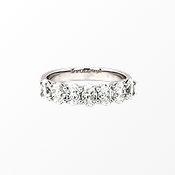

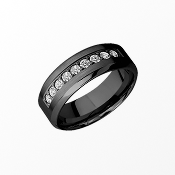
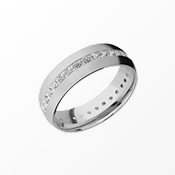

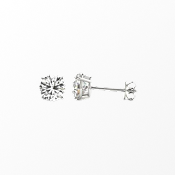
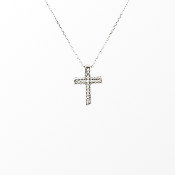
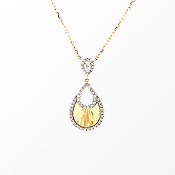

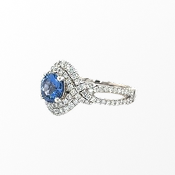
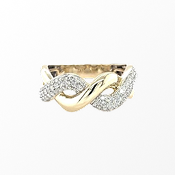

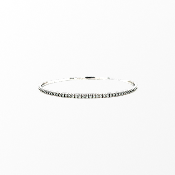
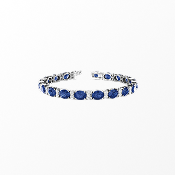

Leave a comment